- Gender diversity is more prevalent in autistic than in non-autistic youth, according to a study of medical records from nearly 1 million adolescents in the United States. Pediatrics
- For children with neurodevelopmental conditions, early intervention is best, but later therapies can also have benefits, according to a review article. Journal of Child Psychology and Psychiatry
- Parvalbumin interneurons are hypoactive and functionally disconnected in FMR1-knockout mice — a model of fragile X syndrome; modulating potassium channels can rescue their activity. Neuron
- Geneticist Timothy Yu estimates that about 15 percent of people with recessive genetic diseases could benefit from personalized gene therapy. Endpoints News
- The insula, a centrally located structure in the brain, has a unique developmental trajectory that leads to its less folded shape compared with the cerebral cortex. PNAS
- Autistic and non-autistic people have elevated theta band activity during social interactions, suggestive of neural communication between the cortex and the cerebellum. NeuroImage: Clinical
- The U.S. Food and Drug Administration has authorized a second-generation tablet technology, called EarliPoint, for diagnosing children with autism. Business Wire
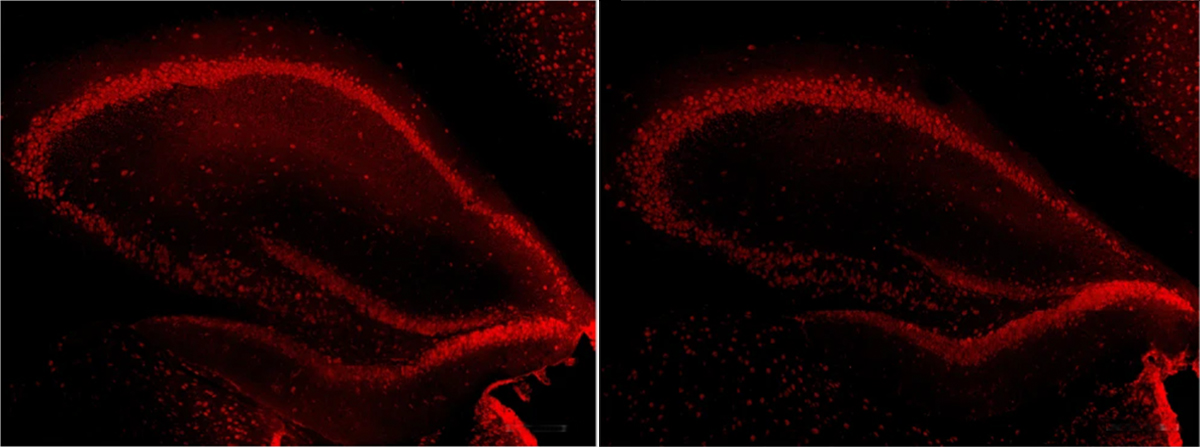 Going viral: Targeting MBD2 mRNA to reduce the protein’s expression in the mouse hippocampus causes autism-like behaviors.
Going viral: Targeting MBD2 mRNA to reduce the protein’s expression in the mouse hippocampus causes autism-like behaviors. - The Autism Science Foundation has issued a second request for proposals on studying profound autism. Spectrum reported on the rationale and goals of the foundation’s initial call for proposals last year. Autism Science Foundation
- Infants with a family history of autism harbor more Clostridium and Klebsiella species in their gut and less Bifidobacterium than do those without autism in their family. Translational Psychiatry
- In prairie voles, sleep disturbances early in life can disrupt social behavior, including pair bonding, in adulthood. The Royal Society Open Science
- Autistic toddlers can sustain attention longer than their non-autistic peers, but they are less likely to engage in joint attention. Autism Research
- Mice missing the gene MBD2 have altered cognition and social behaviors, along with differential gene expression that affects many autism-linked genes. Translational Psychiatry
- Many neurons release more than one neurotransmitter, opening a new avenue for neuroscience, according to a review article. Neuron
- Autistic children retelling a story are more likely than their non-autistic peers to use ambiguous phrasings about characters, such as “she” or “the girl,” even when they know their listener is unfamiliar with the story. Journal of Speech, Language, and Hearing Research
- Flawed or fabricated data plague a quarter of all randomized clinical trials, several researchers estimate, and these data are often included in meta-analyses that inform clinical guidelines. Nature
- The Allen Institute for Neural Dynamics is hosting a community conversation through September to create a crowd-sourced neuroscience experiment. Allen Brain Map Community Forum
- Some neural circuits linked to sociability appear to play specialized roles in behavior, and others are more generalized, according to a review article. Spectrum reported on efforts to map social circuits in autism in 2020. Autism Research
- People with variants of the gene DHX9 often have neurodevelopmental conditions or neuropathy such as Charcot-Marie-Tooth disease, according to a small study. American Journal of Human Genetics
- Many autistic doctors don’t disclose their condition, and those who do often seek workplace accommodations that aren’t implemented, according to a survey; 75 percent of respondents said they have considered suicide. Frontiers in Psychiatry
- Genetic analysis of children who have a neurodevelopmental condition or intellectual disability has found pathogenic variants in 17 percent of cases in South Africa and 38 percent of cases in Kenya. Neuron
Gender diversity; parvalbumin interneurons; flawed clinical trials
Here is a roundup of news and research spotted around the web for the week of 24 July.
By
Jill Adams
28 July 2023 | 3 min read
tags:
Recommended reading
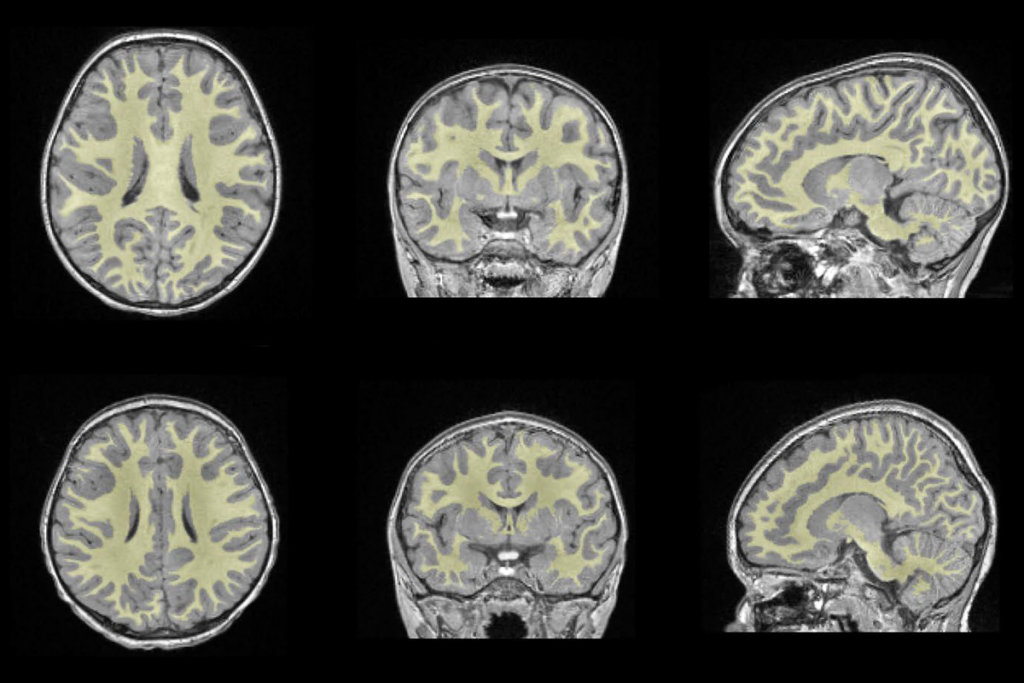
White-matter changes; lipids and neuronal migration; dementia
By
Jill Adams
14 January 2025 | 2 min read
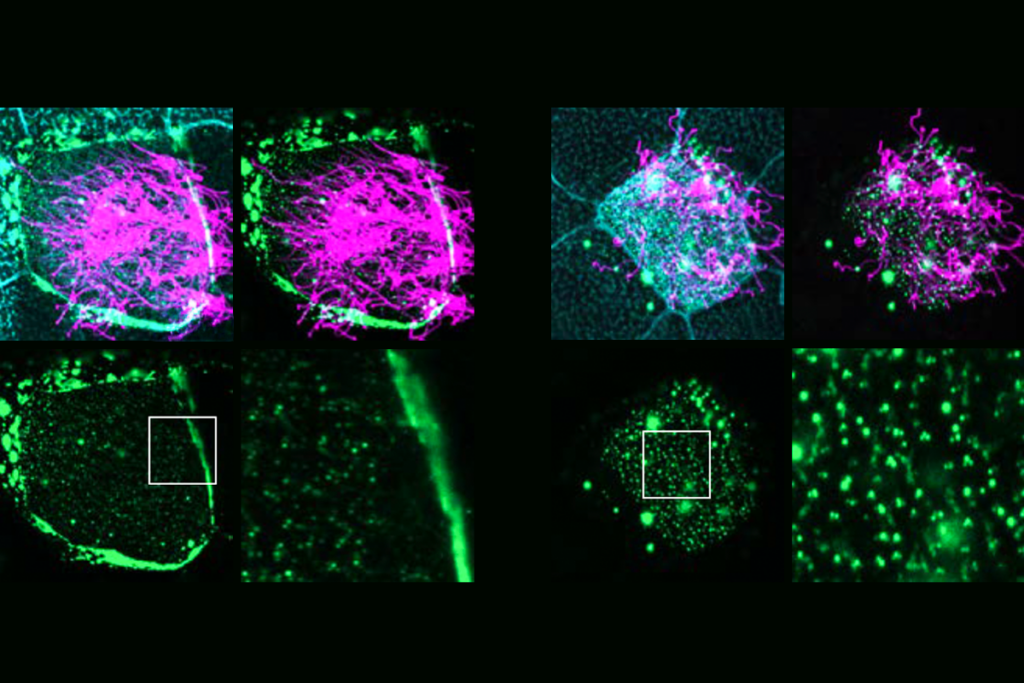
Many autism-linked proteins influence hair-like cilia on human brain cells
By
Charles Q. Choi
9 January 2025 | 4 min read
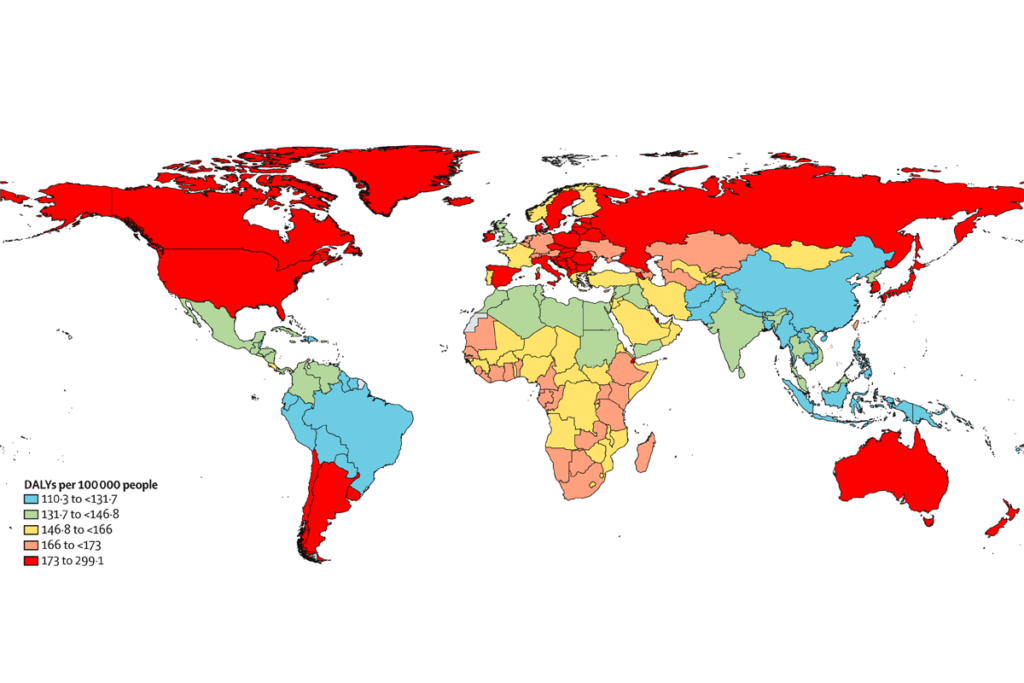
Functional connectivity; ASDQ screen; health burden of autism
By
Jill Adams
7 January 2025 | 2 min read
Explore more from The Transmitter
David Krakauer reflects on the foundations and future of complexity science
By
Paul Middlebrooks
14 January 2025 | 106 min listen
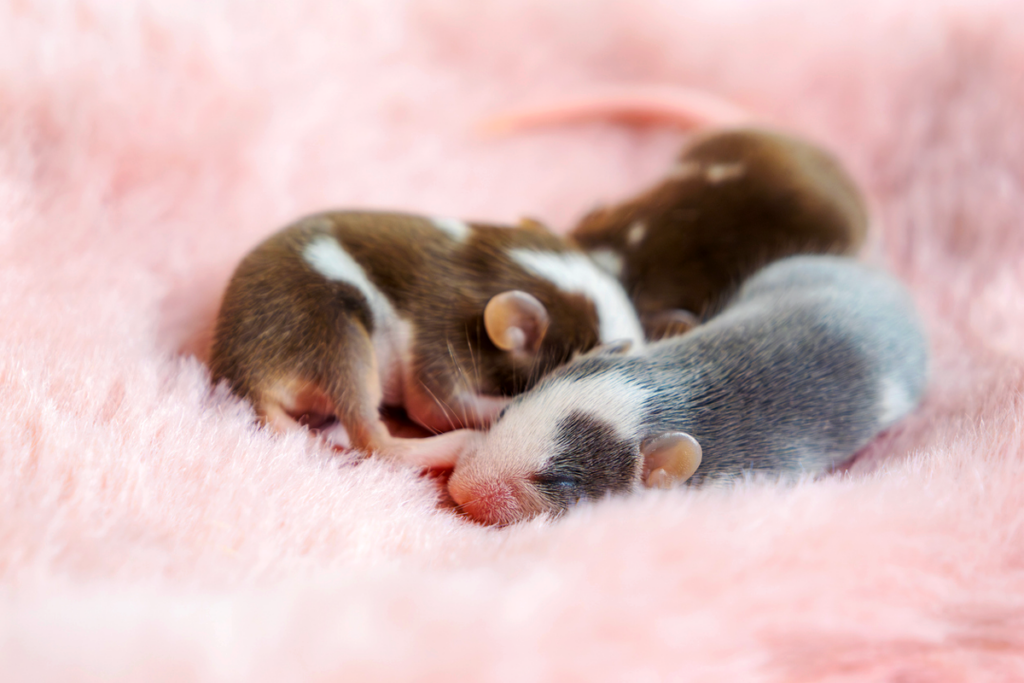
Fleeting sleep interruptions may help brain reset
By
Shaena Montanari
13 January 2025 | 5 min read
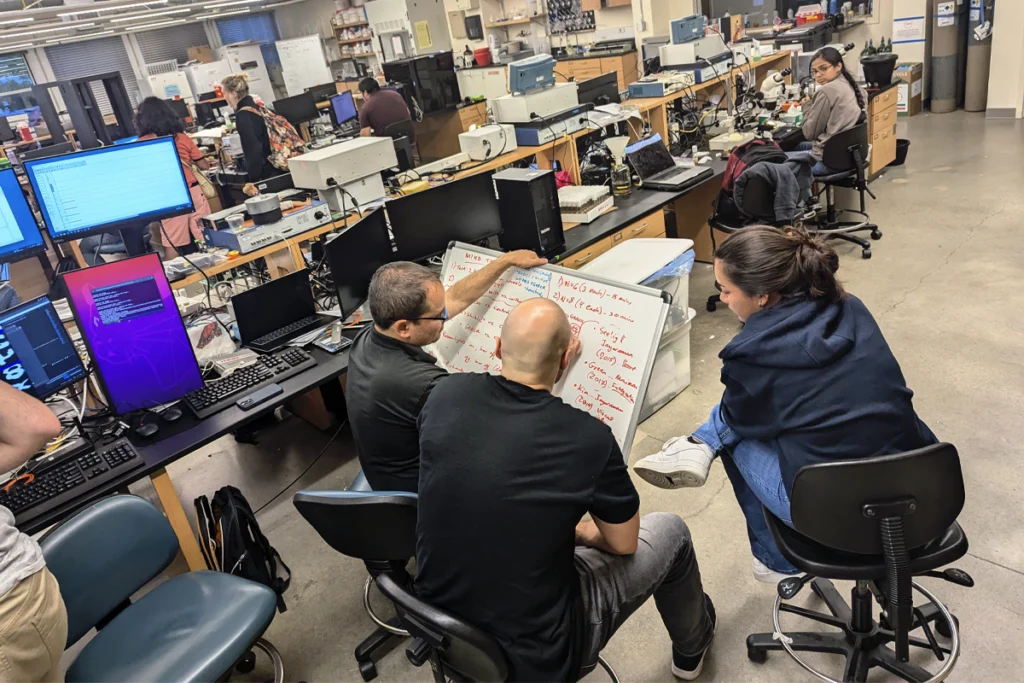
Why practical summer courses in neuroscience matter
By
John Tuthill
13 January 2025 | 7 min read
Cite this article: